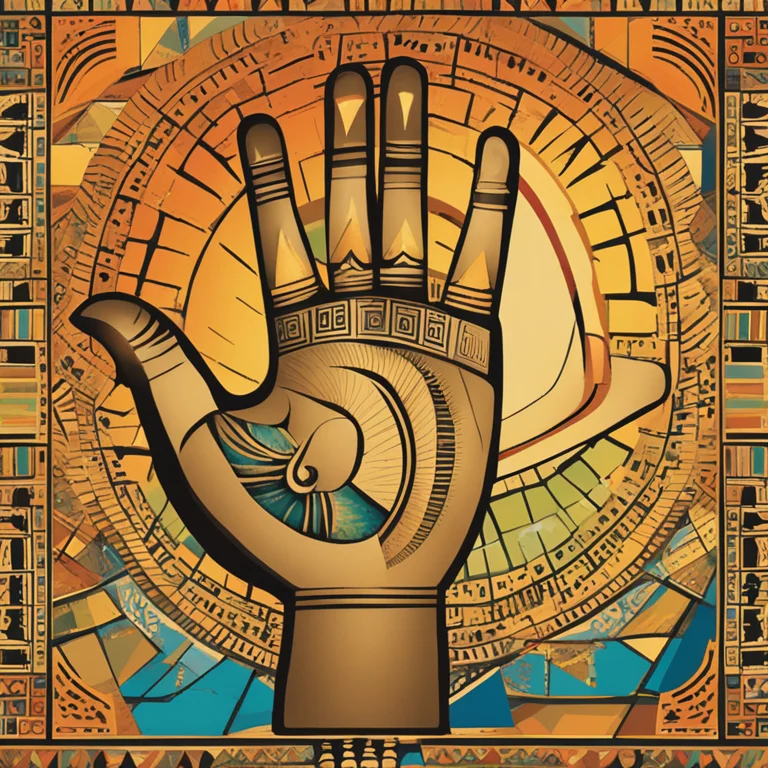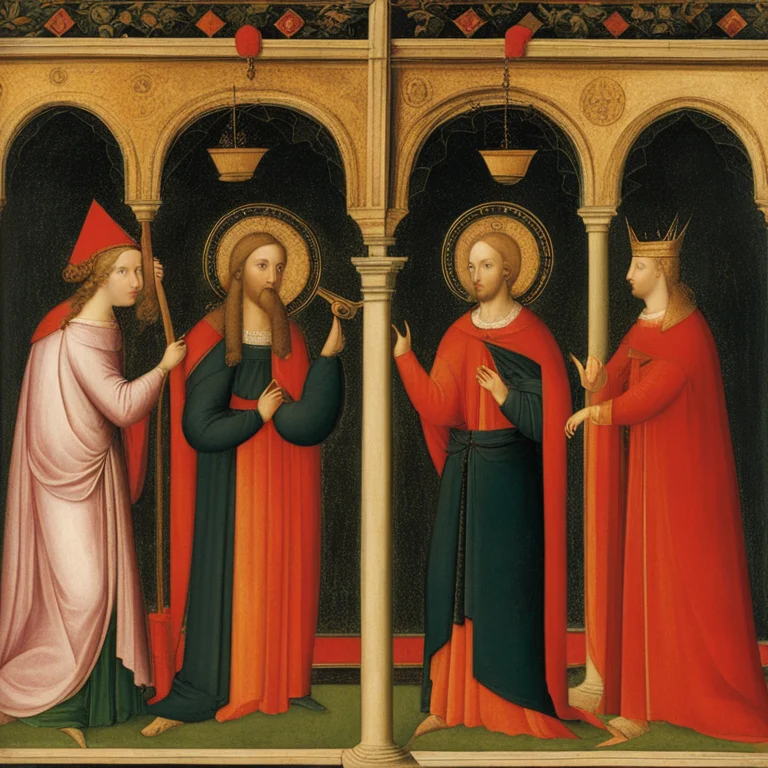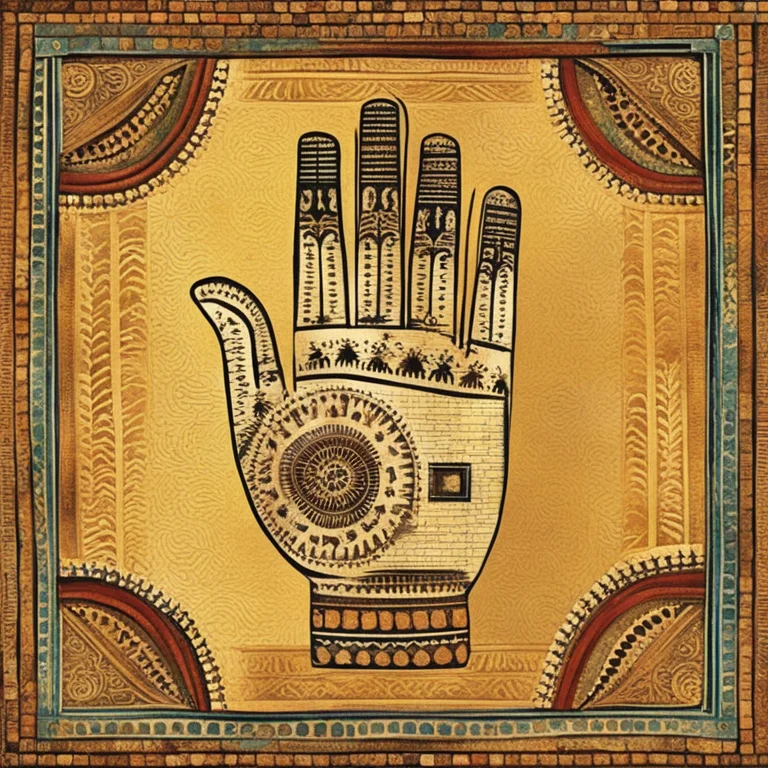
The Origins of Palmistry: Tracing Its Ancient Roots
Delve into the historical journey of palmistry to discover its beginnings and evolution through time.
article by Nora Pennington
The Dawn of Palmistry
Palmistry, or chiromancy, as it is also known, is believed to have originated thousands of years ago. Its roots penetrate deep into history, with evidence suggesting that the practice began in ancient India. It was subsequently passed on to the Western world by travelers and scholars who were fascinated by this intricate art of hand reading. Ancient Vedic scriptures are among the earliest written records that reference palmistry, indicating that it was a well-established doctrine in the Eastern world long before it caught the attention of other civilizations.

Migration Through Cultures
The spread of palmistry followed the paths of trade and conquest, reaching the cultural melting pots of Alexandria and the vast expanses of the Roman Empire. Influential figures such as Aristotle are known to have shown an interest in the practice, and it is believed that Alexander the Great evaluated his officers by reading their palms. As a testament to its expanding influence, palmistry was tackled in various historical works, its knowledge refined and adapted by different cultures over the centuries.

Medieval Enlightenment and Opposition
Throughout medieval times, the church often labeled palmistry as forbidden knowledge, associating it with witchcraft and heresy. Despite this resistance, the practice persisted, often under the guise of mainstream medicine. Doctors in the Middle Ages would include palm reading in their diagnoses, examining the lines and features of the hand to determine the temperament and health of their patients—a practice that built upon the holistic approaches found in ancient Greek and Roman medicinal traditions.

The Renaissance: A Resurrection of Knowledge
The Renaissance brought about a renewed interest in the esoteric and the sciences, with palmistry experiencing a revival as part of this intellectual awakening. Scholars and practitioners began to study hands with a more methodical and empirical approach. Books dedicated to the subject started to appear, offering structured frameworks for palm interpretation and solidifying its status as a field of study that warranted serious consideration alongside other, more established, sciences.

Palmistry in the Modern Era
In the 19th and early 20th centuries, the interest in palmistry expanded as part of the wider spiritualist movement. Figures like Cheiro, the Irish astrologer and colorful personality, rose to fame for their palmistry expertise, reading the hands of celebrities and royals. Today, palmistry continues to be a subject of fascination, enjoying its place in the wider context of new-age practices. New findings in psychology and forensic sciences even acknowledge that our hands can reveal certain truths about our personalities and life choices.
Palmistry's Continuing Evolution
Now, well into the 21st century, palmistry is accessed and practiced globally through the power of the internet and digital communication. Modern palmists harness the capability of digital scanners and software analysis, bringing the ancient art into the era of technology. Online platforms, courses, and books abound, providing individuals with the opportunity to explore this enduring discipline. Despite its ancient beginnings, palmistry continues to evolve, merging traditional insights with modern interpretations.
Published: 1/11/2024
Modified: 1/11/2024
More predictions
Come back here soon to learn more about yourself and your future


The Basics of Palm Reading: A Beginner's Guide
Discover the basics of palm reading in this comprehensive guide aimed at beginners interested in the ancient practice of palmistry.


Jupiter Mount & Palmistry:Exploring The Significance
Delve into the secrets of the Jupiter mount on your palm and discover how it reflects your leadership and ambition.


The Impact of the Jupiter Mount in Palmistry
Discover the impact of the Jupiter Mount on your life through palm reading. Learn about its meaning and significance in palmistry.